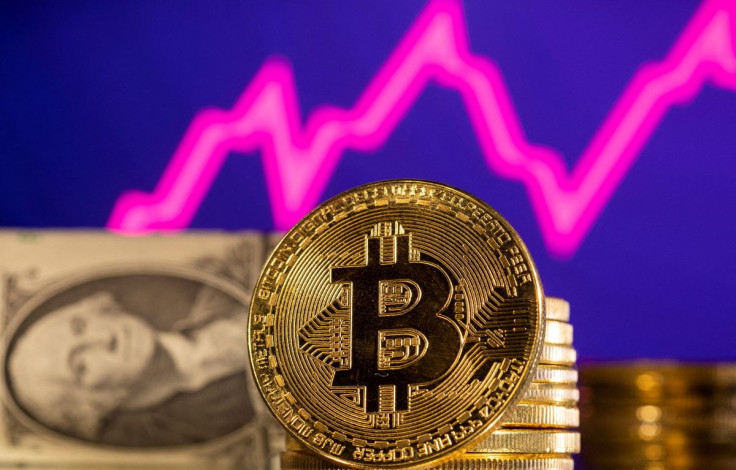Argentina's Top Two Banks Will Soon Facilitate Crypto Trading For Its Customers
KEY POINTS
- Argentina has the sixth-highest crypto adoption rate in the world
- Its capital city Buenos Aires is all set to accept public financial services payment in crypto
- Blockchain-based digital identification platform for Buenos Aires residents is also on the anvil
Argentina’s top two private banks, Banco Galicia and Brubank, have announced that they will allow customers to make purchases in cryptocurrencies, including Bitcoin, Ethereum and USDC.
According to a Bloomberg report published Monday, the decision comes after a resounding 60 percent of respondents asked for more access to crypto in an Argentinian poll.
“This motivated us to push this project,” said Ariel Sanchez, manager of investment products, and Nicolas de Giovanni, senior product manager at Banco Galicia, in a statement to Bloomberg. “The youth is the group that asks for this the most.”
Time and again, Argentina has proved its crypto-friendly stance. The country has the sixth-highest crypto adoption rate in the world. As per data and survey firm Statista, 21 percent of Argentines used or owned crypto by 2021.
Another data reporting firm Chainalysis named Argentina among the world’s top 10 countries with the highest adoption of cryptocurrencies.
Considering its high adoption rate, the mayor of Argentina’s capital Buenos Aires, Horacio Rodriguez Larreta, announced late last month that the city would begin accepting crypto as payment for public financial services. Buenos Aires also plans to launch a blockchain-based digital identification (DID) platform for its residents.
However, Argentina is not the largest country in South America, supporting crypto adoption. Brazil’s senate has also approved the Bitcoin Law bill on April 26, which could help add a much-needed regulatory framework for the local crypto industry.

© Copyright IBTimes 2025. All rights reserved.





















